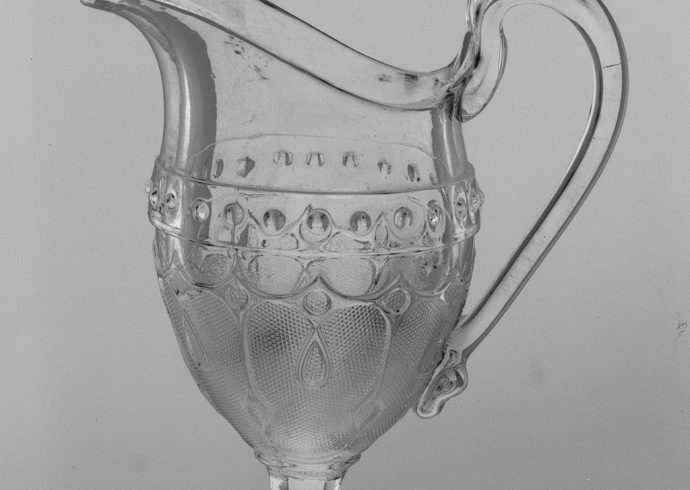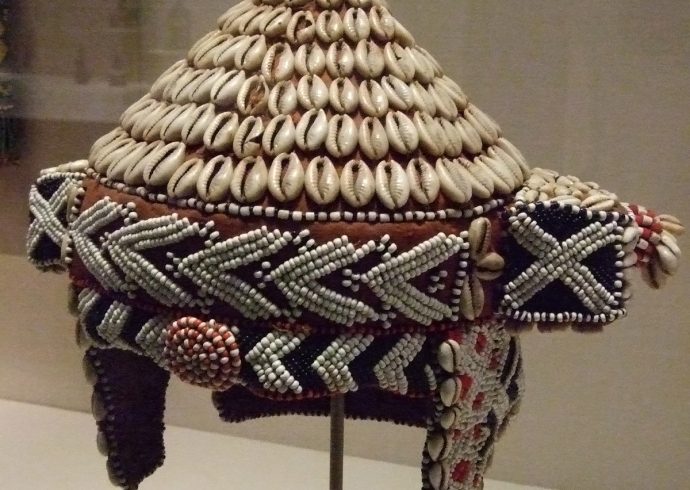
Mercury Glass: A Shimmering Art Glass
Mercury glass was first made in the mid-nineteenth century in England. While the silver content that was applied in between the two layers of glass was not a highly concentrated form of mercury, it was so named due to the first attempts to use mercury in the making of this glass. A better form of silver used was silver nitrate, which spread more evenly and provided the shine to make it appear like it was really made of metal instead of glass. For this reason, mercury glass was known as “Poor man’s silver.” The exterior part of the glass might contain an etched design with the silver providing an attractive backing to the design. Mercury glass would have to contain a plug of some kind to keep the silver nitrate sealed inside between the two layers of glass.
By the late nineteenth century, Bohemian glass makers utilized this method of making glass, making beautiful decorative vases and goblets that would frequently have either an etched design or an applied enamel design. The Bohemian made mercury glass was actually made of soda lime instead of flint, making the glassware much lighter in weight.
In the United States, mercury glass was produced by glass companies like Sandwich, Boston Silver, and New England Glass. Unlike the Bohemian method of using soda lime for the glass, these companies used flint glass which appeared like lead crystal once it came out of the kiln. Cork seals were used to seal in the silver nitrate in the pieces made by these companies. Vases, goblets, figurines, salt and pepper sets, sugar and creamer sets were made of this silvered glass, usually bearing an etched pattern on the piece.
The majority of mercury glass was not signed by manufacturers making it difficult to identify which factory a particular piece came from. Like other glass pieces made during the nineteenth century, mercury glass was blown by hand. England produced cased silver glass from 1849 to 1855 and not in mass production, making it the rarest type of mercury glass. It was usually the type of seals used that determined where a piece of mercury glass was made. For example, some Bohemian pieces contained a metal disc at the base of the object with an “HW” showed that it most likely came from the glass factory of Hugo Wolf.
By the end of the nineteenth century, mercury glass stopped being produced and lost favor with the public. As an art glass, mercury glass can be found in antique malls and auction houses. Many of the more elaborate pieces are worth quite a bit but they are beautiful and a worthwhile investment for the antique glass collector who appreciates this unique type of glass.
Image Credit: DianeLytwyn at English Wikipedia, CC BY-SA 3.0, via Wikimedia Commons.


